Soaring ambulance costs drive patients to cheaper transport
Families seek cheaper rides as Rescue 1122 sticks to emergencies
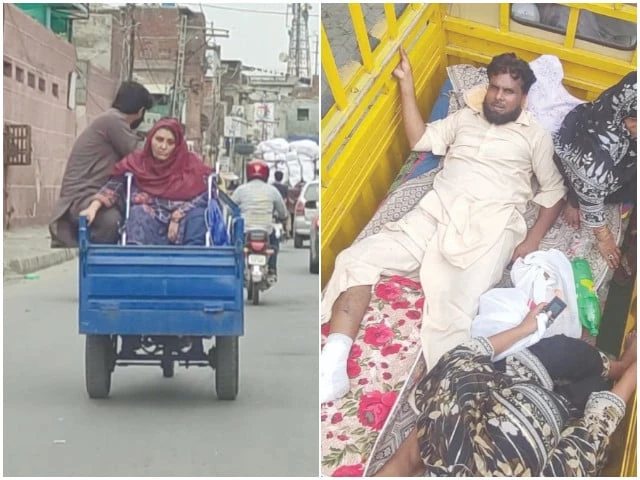
A patient from Defence Bhutta Chowk, suffering from a broken leg, was taken from hospital to home on a bed placed inside a loader rickshaw. The patient, a daily wage labourer and the sole breadwinner for his family, said he had been bedridden for 20 days.
When he needed to travel to the hospital, he contacted private ambulance services, who quoted Rs6,500 for a one-way trip.
Unable to afford the fare, he asked his brotherwho drives a loader rickshawto take him instead.
Despite his brother's warning that the journey would be uncomfortable, the patient said he preferred to endure the pain rather than pay the high ambulance cost.
After the hospital visit, he inquired about fares from Edhi, Chhipa and private ambulances for the return trip. They quoted around Rs3,500, while the loader rickshaw journey cost less than Rs1,000 in fuel. He estimated the round trip was about 20 kilometres and said using an ambulance would have cost him nearly Rs10,000 - an amount far beyond his means.
The case highlights a broader issue: both private and welfare ambulance services such as Edhi and Chhipa charge per kilometre, which makes them unaffordable for low-income patients despite being funded by public donations. Comparisons have been drawn with ride-hailing services like Careem, Uber, and inDrive, which provide similar-distance trips for a few hundred rupees, sometimes with promotional discounts, while still paying drivers and earning profits.
Public criticism has also been directed at the government's Rescue 1122 ambulance service. Officials state they only transport patients from accident scenes or in emergencies to hospitals, and not from homes for non-emergency situations.
Citizens have alleged that the service often fails to meet its stated 7.5-minute response time.
Health rights advocates say the government should ensure the provision of free or low-cost ambulance services for underprivileged patients, given that public funds through taxes pay for state operations.

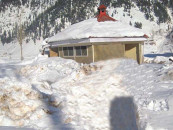
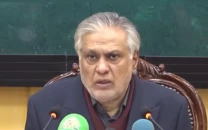
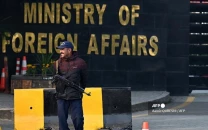

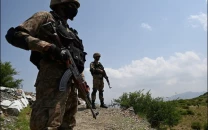

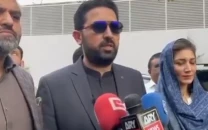
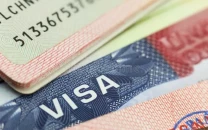



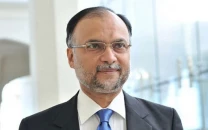
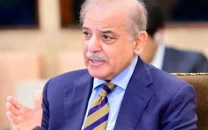






COMMENTS
Comments are moderated and generally will be posted if they are on-topic and not abusive.
For more information, please see our Comments FAQ